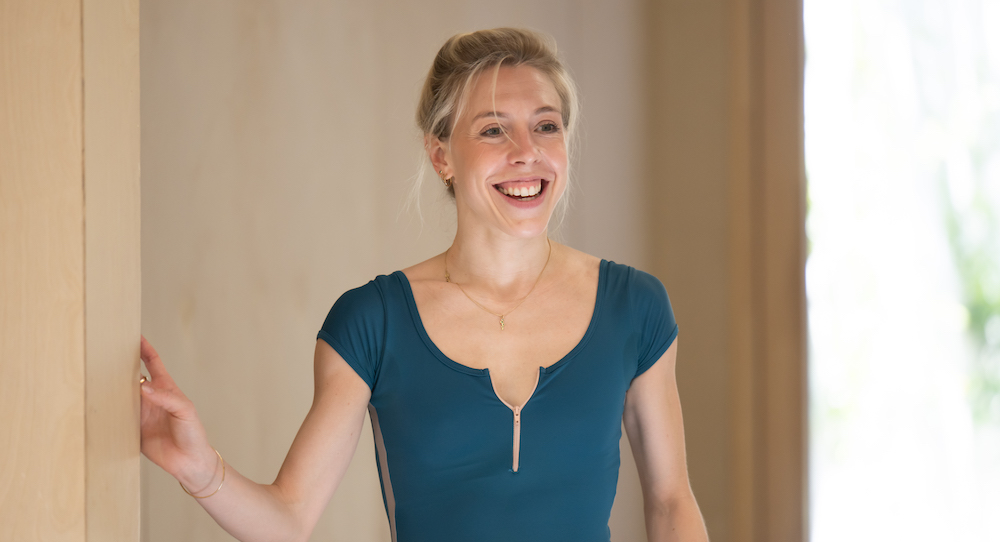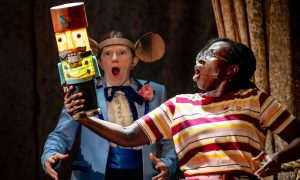Prime Video’s dance-dramedy Étoile was popular among arts and culture enthusiasts and was praised for staying true to the art form by casting classically trained dancers who formed an international corps de ballet, bringing authenticity to the screen.
The story centres on two fictitious ballet companies: the Metropolitan Ballet Theatre in New York City and Le Ballet National in Paris, both of which are struggling to remain afloat. Only the best dancers and creative minds can save these companies.
Created by Amy Sherman-Palladino and Daniel Palladino — the duo behind Bunheads and The Marvellous Mrs. Maisel, and with choreography by Marguerite Derricks among guest choreographers — the show was initially greenlit for two seasons, but in a case of art reflecting reality, Étoile was cancelled not long after airing.
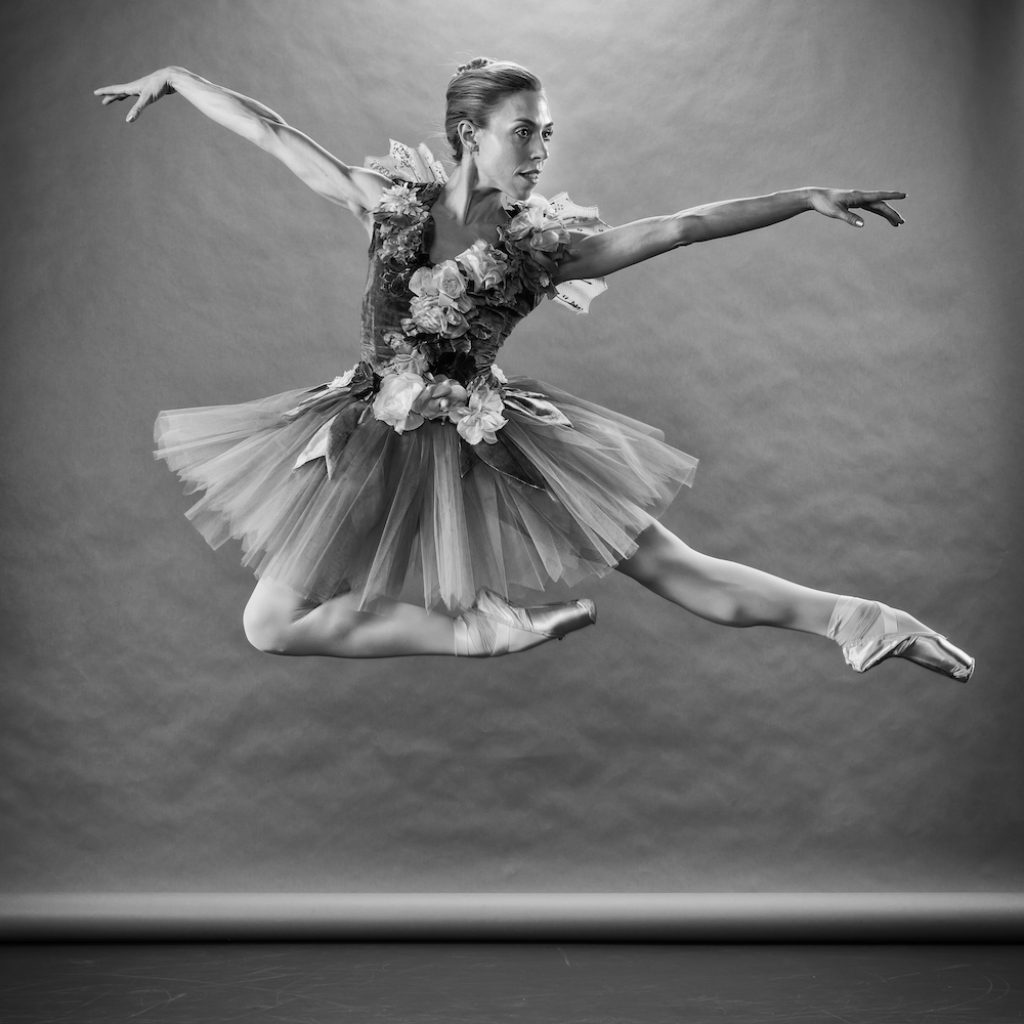
Constance Devernay-Laurence, who starred as ensemble dancer Melanie and the dance double for actress Lou de Laâge’s character Cheyenne Toussaint, said that she loved her first stint dancing on screen, so much so, that despite the gruelling days of early morning ballet classes, she is picking up acting lessons and encourages all dancers wanting to break into TV and film to ‘go for it’.
A typical day on set for Devernay-Laurence involved a warm-up between 5:45 am and 6:15 am, before filming began, with body doubling days starting at 5:00 am. This would be followed by sitting in hair and make-up for up to an hour-and-a-half, and then filming for hours, often shooting dance scenes multiple times, with versions of de Laâge’s choreography and Devernay-Laurence’s full choreography.
Devernay-Laurence secured the role in what some may say was in true Hollywood-style, having been spotted performing, and cited that she was “very lucky” because she did not see the initial casting.
“At the time, I was doing Coppélia, a very modern version with Scottish Ballet in London,” she explains. “The person casting for the French side watched the show and asked me to send my CV. That’s when I started to get involved. They basically cast me from my show reel and video [audition]. So I was very lucky.”
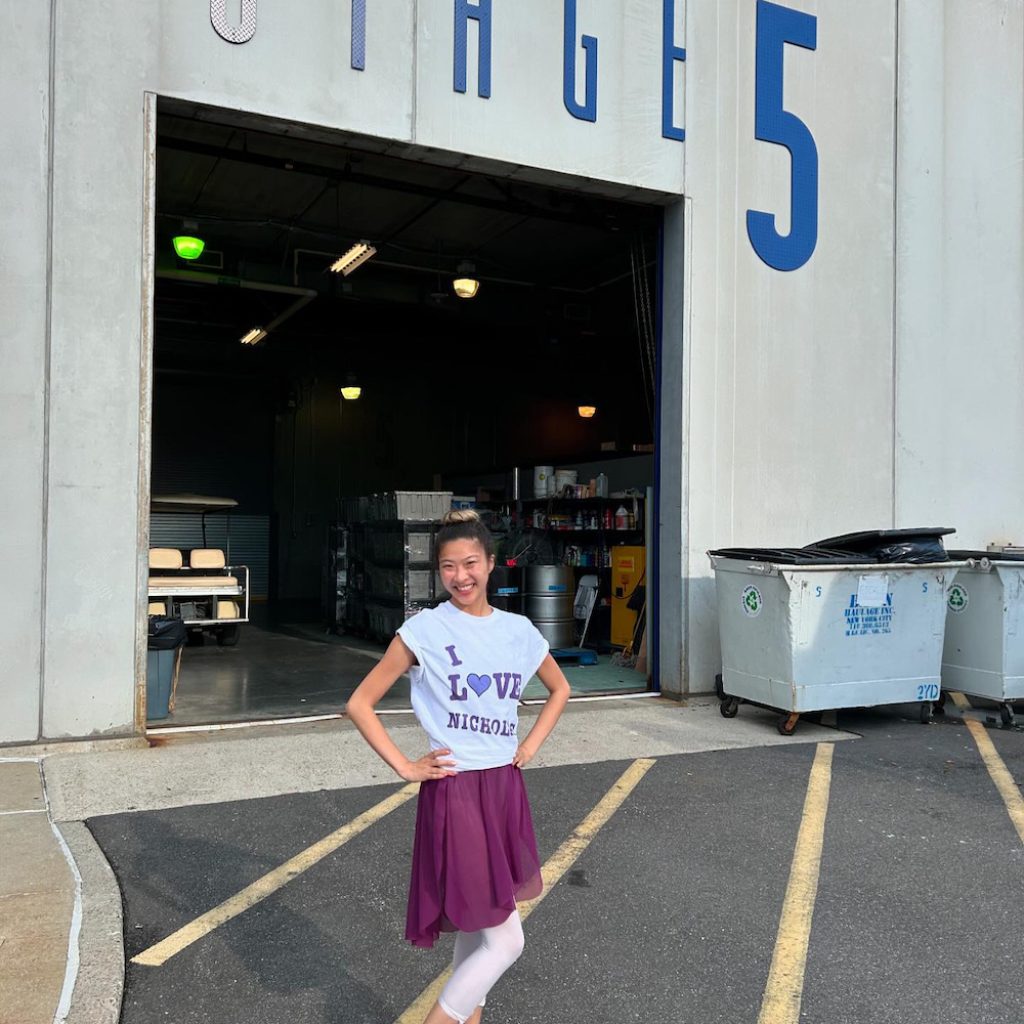
She adds, “When I got to Paris, the choreographer saw that I could fit for Lou. So, then they tested me to see the measurement and see if that would work.”
Dancer and Ohio native Nichole Belden, who appeared in some of the ensemble dances and company elements, auditioned for the role and after securing a spot, the Writers Guild of America (WGA) strike soon followed.
Belden shares, “I auditioned for it about two/three years ago, right before the actors’ and writers’ strike. They were holding auditions in New York, and at the time, I was working at a small company in the US. And then one of my teachers emailed me and he was like, ‘Hey, this audition is happening. You should fly over to New York and go do it.'”
After three days of auditioning, Belden adds, “Then we met the dance panel, including Marguerite Derricks, who was absolutely incredible. And then she gave us some choreography to work with.” After several cuts, Belden was told, “Great, so excited to work with you and see you later.”
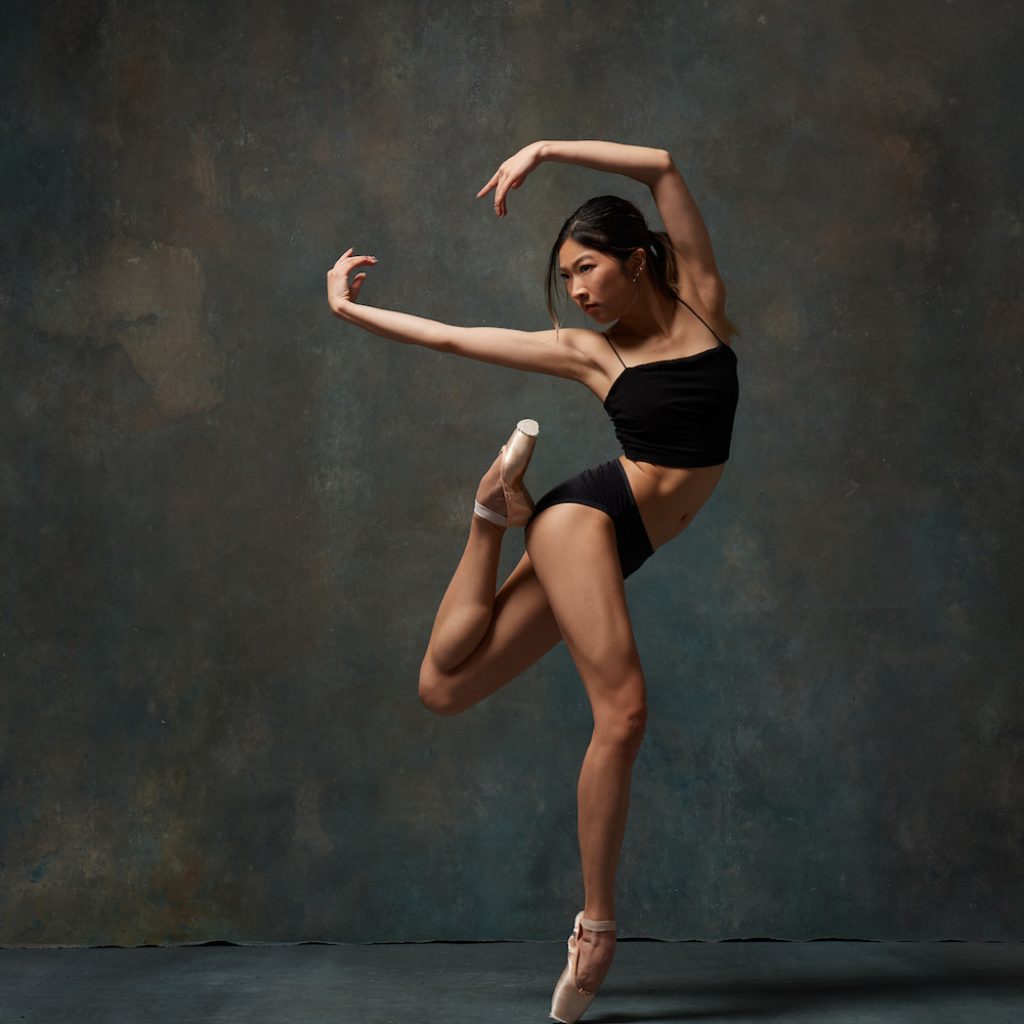
“Then it was just nothing,” she reveals. “I didn’t hear back. It kind of sizzled out, and you could assume that because of the writer’s strike, it got pushed to the wayside.”
However, all was not lost, and also in a Hollywood-style twist, she continues, “But then maybe the year before last, while on the English National Ballet School Graduate Programme in London, I saw someone post about it on social media. And I was like, ‘Oh my gosh!’ Then I reached back out to them [casting team] with, ‘Hey, I am available if you need me or if you need any dancers.’ And they were like, ‘Yeah, if you can get yourself to New York in the next week, you can do it.'”
Both valued working with other professional dancers. “What really stood out to me was how kind and genuinely supportive everyone was, both the dancers and the crew,” Belden says, adding that many had stayed in touch, something she was “incredibly grateful for.”
She says, “Especially being one of the younger dancers, it meant a lot to be surrounded by such accomplished and generous people. I remember thinking, ‘How can I grow to be like them?’ And it reminded me how important it is to have a strong, encouraging community around you. Ballet is truly a team effort, and having that kind of support makes all the difference. I’m forever grateful for all the memories and people that Étoile has gifted me with.”
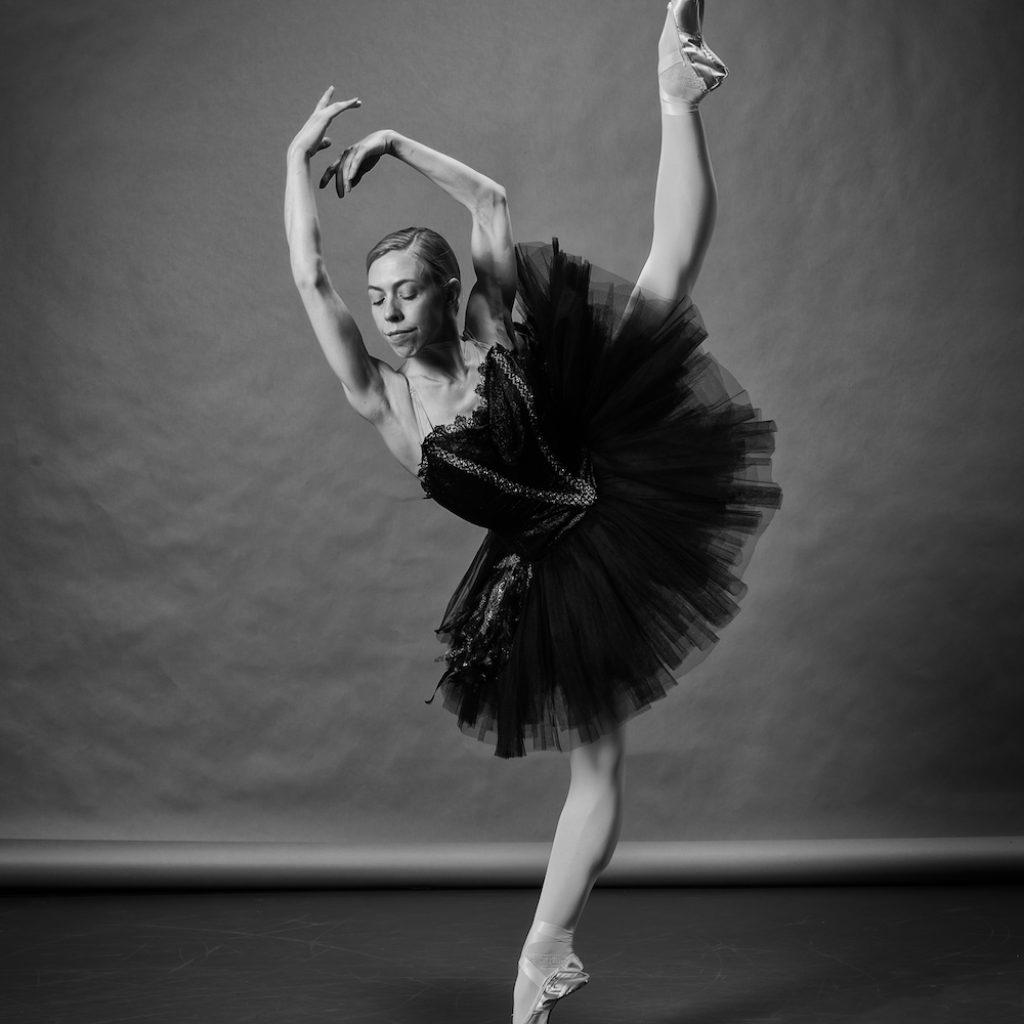
On shifting to screen and how she and the other dancers had to diversify their skillset, Devernay-Laurence shares, “I think we were all in it together because a lot of us didn’t have much experience in dance on camera. We quickly all came together and were like, ‘Oh, you know, let’s learn this new skill.’ And it felt, we created like a little company in a way. We had to be versatile and adaptable. Actually, rehearsing it too much was probably not a good thing, because then it becomes too ingrained in your body, and you don’t want that. I think that’s another thing we had to learn is to be super adaptable and quick on set. You know, there’s no ‘front’ because the camera is 360. So that was fun.”
Devernay-Laurence’s advice for aspiring dancers for TV and film is “just go for it.” She adds, “If I think more about now versus when I started to train, train in many styles. Don’t focus on just ballet or contemporary. I think ballet, obviously, because it’s the form, but then you can go and branch out. If you want to be a ballet dancer, and if you focus on ballet, exploring contemporary, tap, and jazz is beneficial, as I think even in the main ballet companies, you are required to perform in multiple different styles. And I mean, it sounds a bit cliché, but to be you and know that someone else will always have the higher legs and the better feet, but everyone is different and just show your uniqueness in dance. But I think versatility is key because it’s hard at the moment.”
By Jamie Body of Dance Informa.


